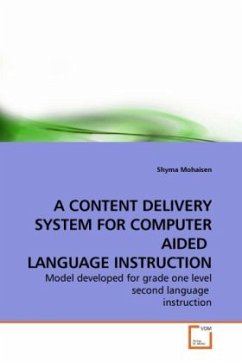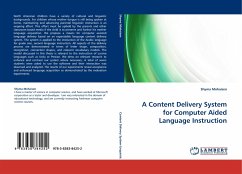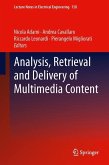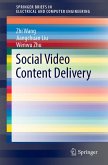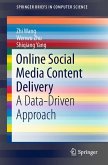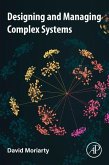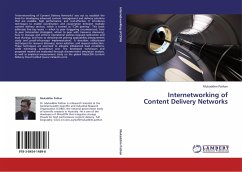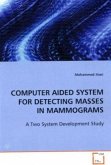North American children have a variety of
cultural and linguistic backgrounds. For children
whose mother tongue is still being spoken at home,
maintaining and advancing parental linguistic
instruction is an ongoing effort. We propose a means
for computer assisted language delivery based on an
expandable language content delivery system. The
system is applied to the instruction of Arabic for
grade one, second language instruction. All aspects
of the delivery process are demonstrated in terms of
letter shape, composition, recognition, connection
shapes, and relevant vocabulary models. This model
is relevant to the instruction of cursive languages
such as Urdu or Persian. We drew on relevant
research to enhance and contrast our system where
necessary. A system designed based on the model gave
rise to the creation of an engaging, user oriented
interactive
software application for the use of children at the
grade one level. Seven students were
asked to use the software. Their interaction was
observed and analyzed. The results of our
experiments reveal acceptance and enhanced language
acquisition as demonstrated by the evaluation
experiments.
cultural and linguistic backgrounds. For children
whose mother tongue is still being spoken at home,
maintaining and advancing parental linguistic
instruction is an ongoing effort. We propose a means
for computer assisted language delivery based on an
expandable language content delivery system. The
system is applied to the instruction of Arabic for
grade one, second language instruction. All aspects
of the delivery process are demonstrated in terms of
letter shape, composition, recognition, connection
shapes, and relevant vocabulary models. This model
is relevant to the instruction of cursive languages
such as Urdu or Persian. We drew on relevant
research to enhance and contrast our system where
necessary. A system designed based on the model gave
rise to the creation of an engaging, user oriented
interactive
software application for the use of children at the
grade one level. Seven students were
asked to use the software. Their interaction was
observed and analyzed. The results of our
experiments reveal acceptance and enhanced language
acquisition as demonstrated by the evaluation
experiments.

